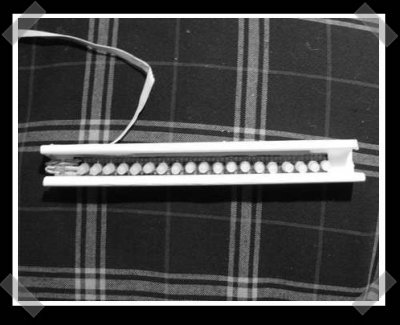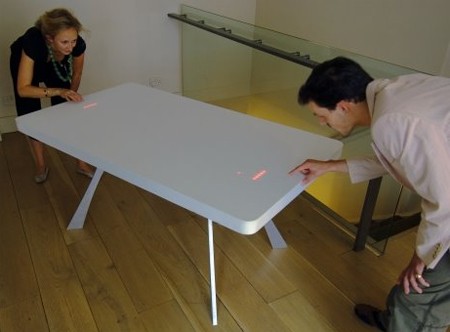[youtube=http://www.youtube.com/watch?v=NpRE6CM3oOY&hl=en&fs=1&rel=0&color1=0x3a3a3a&color2=0x999999]
Sensacell created a unique interactive flooring system for the 2008 World Expo in Zaragoza, Spain. Comprised of 1000 LED panels, the 250 foot installation is covered in architectural glass and lights up in response to pressure. We like what different people are doing in this clip; from walking in a line to dragging a mop over the floor, the results are undeniably captivating and ultimately irresistible.
[via Gizmodo]














